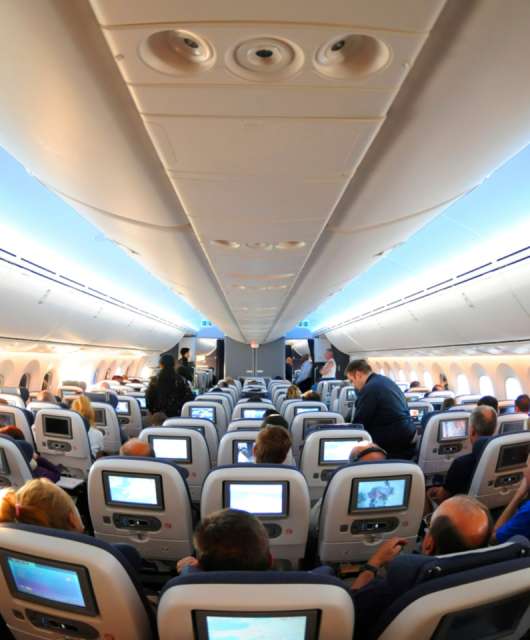Internet Service Providers (ISPs) are some of the most disliked utility organizations in the world. Having a slow or unreliable internet connection can be a frustrating experience. And sadly, quite often, Americans don’t have many options when it comes to internet service offerings. Without any competition, ISPs have been able to get away with a lot, even when providing poor-quality service, simply because there is no other alternative.
The Rise of wireless home Internet
The broadband market has undergone a significant transformation in recent years, with companies now offering no-cable internet. Satellite internet providers like Starlink made an impact on rural areas. And wireless service carriers such as Verizon, ATT, and T-Mobile introduced fixed wireless internet, also known as 5G/4G home internet, mainly in the cities.
While wireless home internet is not a new concept, it was initially limited to select cities. However, with the development of 5G infrastructure, fixed wireless internet providers are now accessible in thousands of cities across North America.
Advantages and disadvantages of 5G home internet
The largest wireless service providers in the USA now offer 5G home internet packages. Instead of relying on a fiber optic or copper cable that somehow makes it to a residence and connects a modem to the internet. Telecom companies such as ATT, T-Mobile, and Verizon now offer an alternative to traditional ISPs by selling home internet packages.
The gateway router sold by 5G home internet providers does not need to be physically connected to a network. But comes equipped with a SIM card that gets it talking with the 5G infrastructure. The devices offered by the leading wireless carriers act as mobile hotspots on steroids and remove the need for a traditional modem that needs to be connected to the outside world via cable.
While 5G home internet can be a viable solution for some, it does come with its share of disadvantages. For instance, the speeds may not always match those of traditional ISPs. The gateway modem with a SIM card operates on a similar principle as a cellphone. In some areas, the connection may be excellent, but in others, it could be non-existent or painfully slow. 5G home internet providers may also impose data usage caps on the 5G network and even terminate contracts if an “unlimited” plan is abused. Additionally, weather conditions can affect the speeds of a fixed wireless connection. As the wireless signal can be absorbed by various obstacles, such as rain and clouds.
Ensuring online security
Regardless of the type of connection you choose, ensuring your online security is always essential. Cybercriminals can find their way in regardless of the kind of ISP used.
Therefore, having top-notch antivirus software on all your connected devices is recommended if you wish to decrease your chances of becoming a victim of any of the countless cyber security attacks happening every day on US soil.







